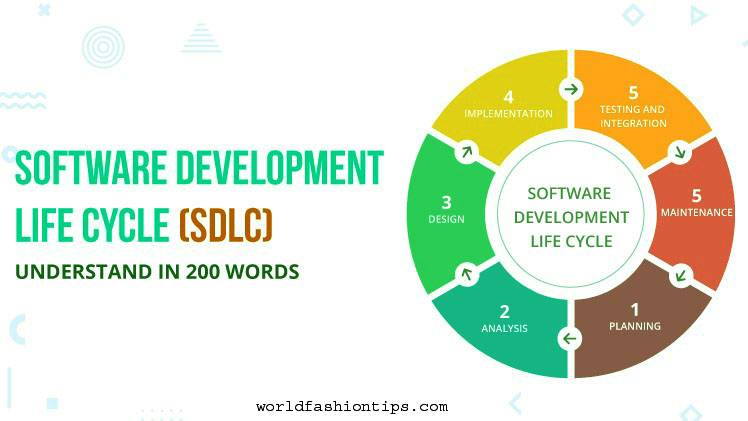
Introduction:
The importance of software development life cycle (SDLC) refers to the process followed during the development of software from conception through deployment to the user and maintenance of the software until it reaches its retirement stage. The SDLC can be performed in an agile or non-agile manner, where agile methodologies are preferred these days due to their ability to deliver working solutions faster when compared to traditional software development life cycle methodologies. Thus, before we discuss the merits of an SDLC process in detail, let’s understand what it actually stands for and how it works.
Defining SDLC
The software development life cycle (SDLC) is a process that provides a framework for creating high-quality software. The cycle typically consists of six phases: Planning, Requirements, Design, Implementation, Testing, and
Maintenance. Planning – A software development life cycle example is developing project plans.
Requirements – Software requirement examples include defining requirements in more detail, specifying technical requirements such as memory usage or the number of devices needed to run the program, and identifying quality standards such as accuracy or availability.
How does it work?
The software development life cycle is a process that software developers use to plan, create, test, and deploy software applications. The cycle includes six phases: planning, requirements gathering, design, coding, testing,
and deployment.
Benefits of developing an SDLC
Creating a software development life cycle has several advantages. Perhaps most importantly, it can help ensure that your software project is completed on time and within budget. Additionally, an SDLC can improve communication between team members, help to identify potential risks early on and provide a framework for testing and quality assurance.
following an SDLC can also make it easier to document your process and results, which can be helpful for future reference.
Steps in SDLC
1. The first step in the software development life cycle is to gather requirements from clients. This helps ensure that the final product will meet their needs.
2. The next step is to design the system. This includes creating a blueprint of how the software will work.
3. The next step is to begin coding after the design is finished. This is where the magic happens and the software starts to come to life.
Tools used in SDLC
There are many different tools that can be used during each stage of the software development life cycle. In the planning stage, you might use a requirements-gathering tool to help you understand what the user wants. In the
design stage, you might use a wireframing tool to create a blueprint for your software.
In the development stage, you might use a coding editor and/or a version control system. In the testing stage, you might use a debugging tool.
Conclusion:
The importance of software development life cycle is an essential part of the IT industry, and understanding it will be important for anyone working in computer technology. The life cycle ensures that the software meets all requirements as it moves through different phases of development.
This system allows the software company to track their progress and gives the clients an idea of how much money they are spending on the software, and where their money is going. It’s an efficient system that ensures the quality of the product while keeping everyone involved in the project happy.




